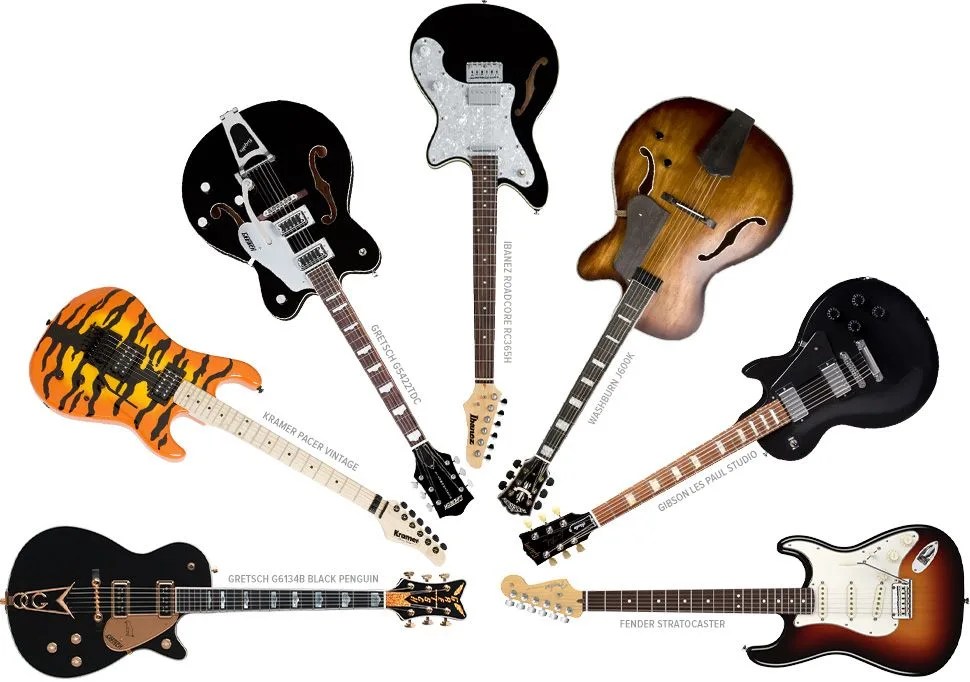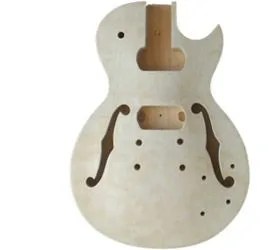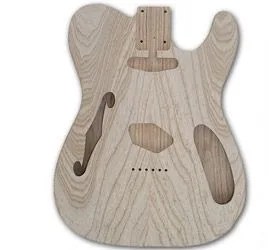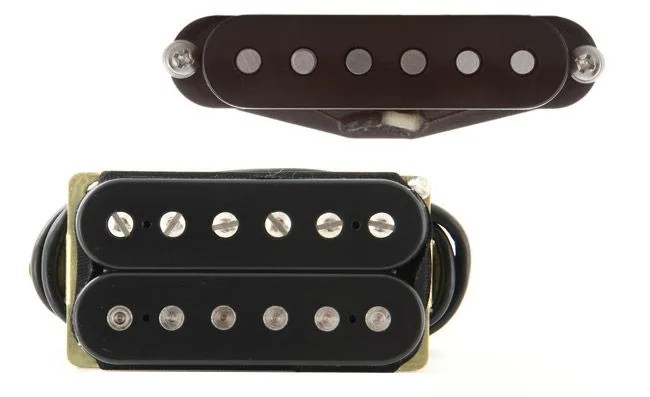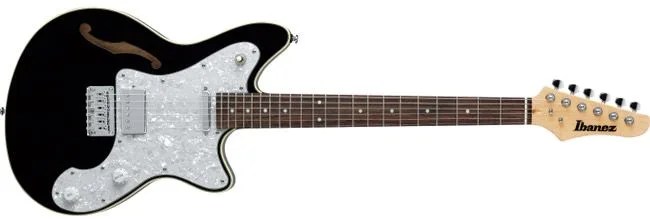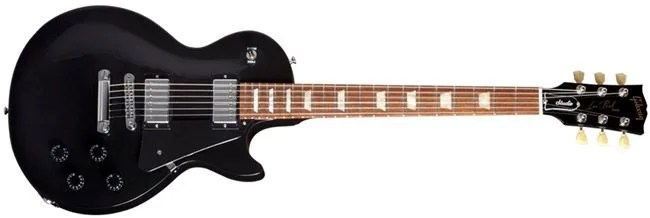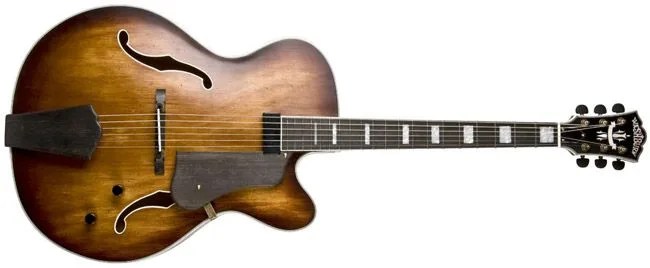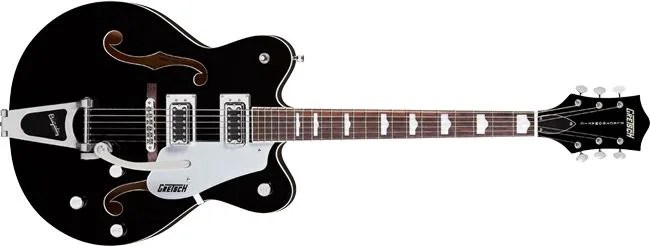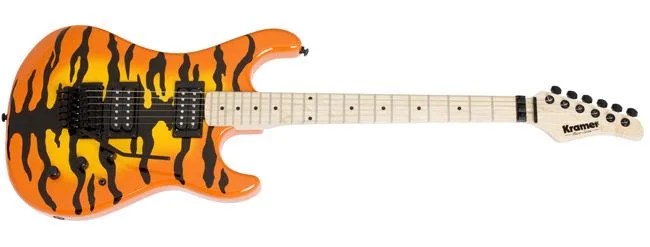You’ve decided to pick up an axe and learn to shred like one of the pros. While mastering the guitar is no easy feat itself, before you even start jamming you’ll probably find yourself looking through site after site trying to find the right instrument. It’s hard. There’s an expansive list of components to be taken into account: body styles, wood types, pickups, bridges, necks — and that’s just scratching at the surface.
The thing is, if you aren’t a pro (and if you’re reading this, you probably aren’t) you don’t need to concern yourself with every element of the electric guitar. You just need a briefing on body styles and pickups, arguably the two most important pieces of a guitar’s build. More importantly, asking yourself a couple simple questions about what you’re after will help you immensely. We’ve got all that right here, plus a few great axes that should at least serve as starting points on your search. As for the Ziggy Stardust jumpsuit and the perfect rock-god pose…look elsewhere.
Body Styles and Pickups
There are three main categories of guitar, all based on body type: solid, hollow and semi-hollow. These are both clearly defined distinctions and also have some of the biggest impact on how the instrument will sound. While all these types have the potential to be used for any type of playing, some are more suited for specific genres.
Solid Body
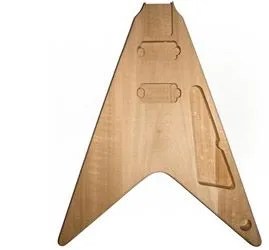
This is by and large the most common body type, and includes some of the most iconic axes ever made, like the Gibson Les Paul and Fender Statocaster. Solid-body guitars simply are capable of the widest range of tones; their construction also allows for reduced feedback and increased sustain compared to other guitar types. This style is extremely well suited to rock and alternative, but if you really aren’t sure of what music you want to play, you’re not likely to go wrong by picking one up.
